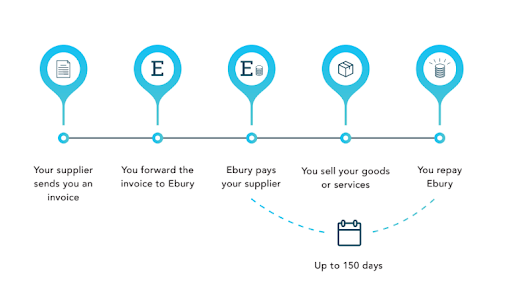How to solve your cash flow gap
- Go back to blog home
- Latest
UK SMEs consider cash flow gaps as one of the top five challenges they face as a growing business.
While it is common for SMEs to experience cash flow gaps, it’s essential that you get it under control sooner rather than later. If not, problems can range from not being able to take advantage of potential growth opportunities to not having spare funds available for new opportunities. Taking care of your cash flow helps increase the stability of your business’ future.
What are the benefits of improving your cash flow?
Getting your cash flow under control has many benefits for a growing company. When surveyed:
- 33% of SME business owners stated that they would invest in more equipment
- 28% stated they’d expand operations (by exporting into new markets or opening new locations)
- 10% stated they’d invest back in their employees
How do you do it?
The answer is Trade Finance. It’s a form of short-term credit that’s typically used by companies importing or exporting goods that have a strong trading record, or are backed by an insurance company.
How does it work?
1. You (the buyer) make an order with your international supplier
2. The supplier confirms the order and sends you the invoice for the goods
3. You forward the invoice to Ebury, and Ebury pays the supplier directly when the funds are due
4. You receive the goods and start selling to customers
5. You repay Ebury within a period of 150 days


